SOMME BRITISH Sector - Auchonvillers - Communication Trench "Ocean Villas"
Year of visit: 2007
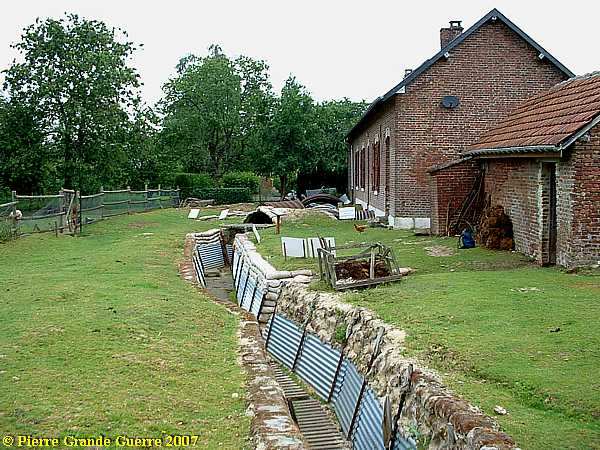
A visit to the Communication Trench of "Ocean Villas" in Auchonvillers (left or west on the map) , which lead directly to the front line, west of Beaumont Hamel.
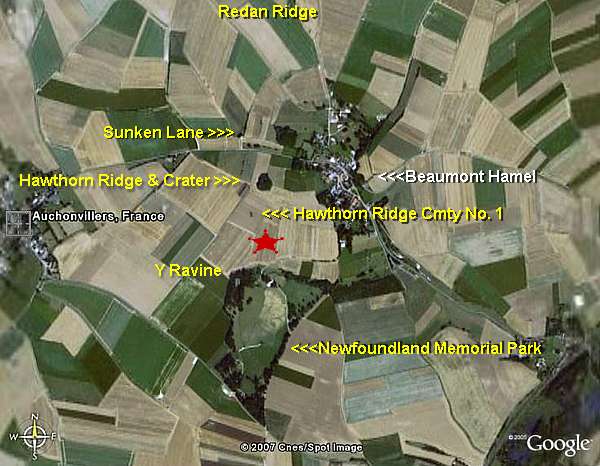
One of the villages, where the British were assembling troops before the Battle of the Somme, was Auchonvillers.
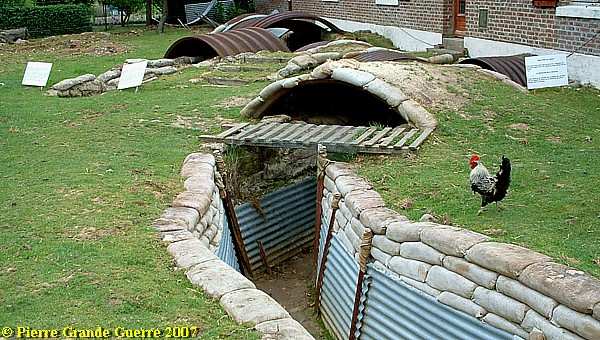
Like the author of "Goodbye to All That", Robert Graves, who was member of the 38th Royal Welsh Division, wrote; the British soldiers pronounced Auchonvillers as “Ocean Villa’s”.
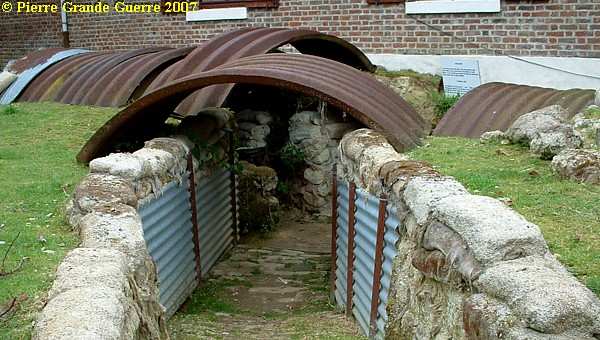
Ocean Villas is only some 1300 m. away from the battlefield at Beaumont Hamel.
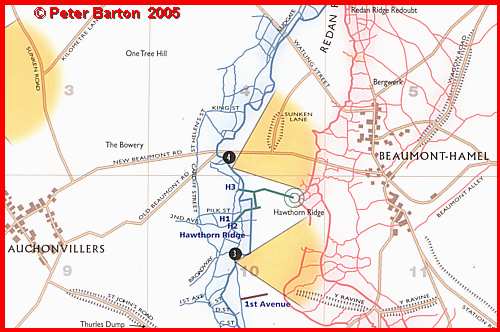
Nowadays Mrs. Avril Williams, owner of the Tearoom, “Ocean Villa’s”, has allowed …

… the Durand Group of Archeologists to excavate and to restore this communication trench …
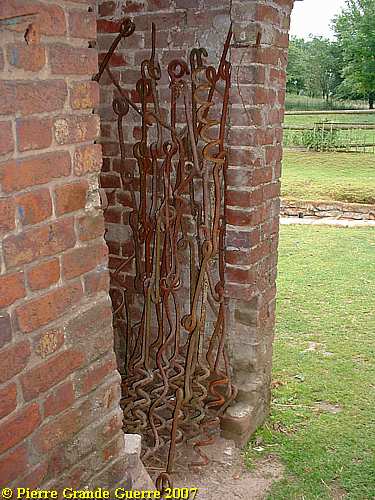
… in the backyard behind her farmhouse.
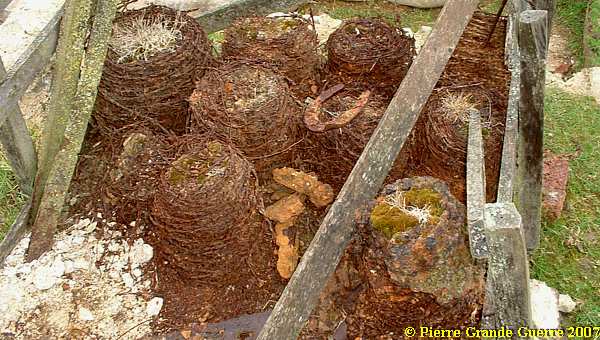
Most farms and village houses in the Somme had cellars, caves.
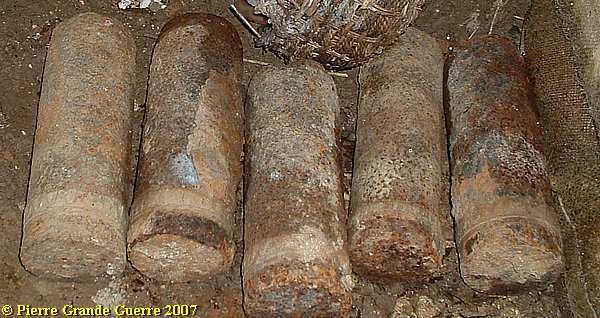
In the cellar of Mrs. Avril there used to be a dressing station. You can still see the entrance to the cellar. Notice the rolled up gas curtain.
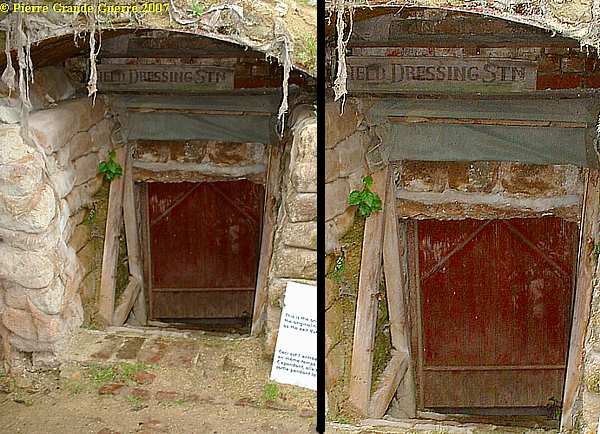
Relic of a field oven in the trench.
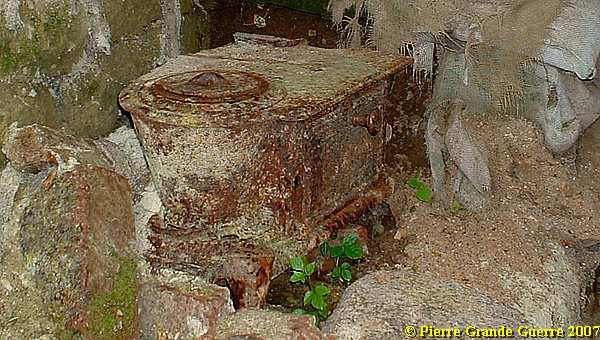
I will lead you now through the Communication Trench, which lead straight to the Battlefield of Beaumont Hamel.
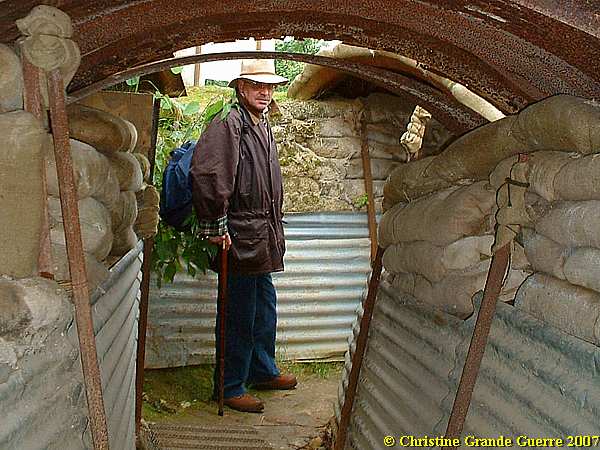
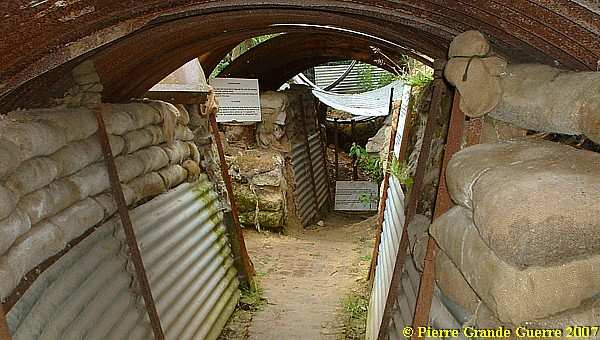
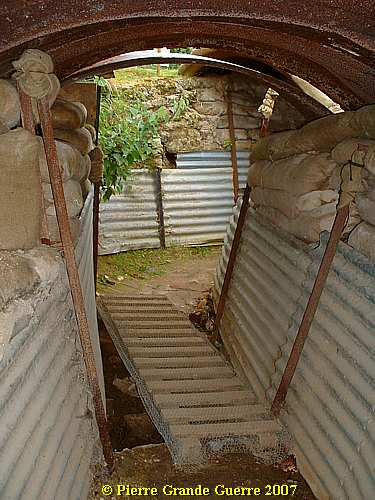
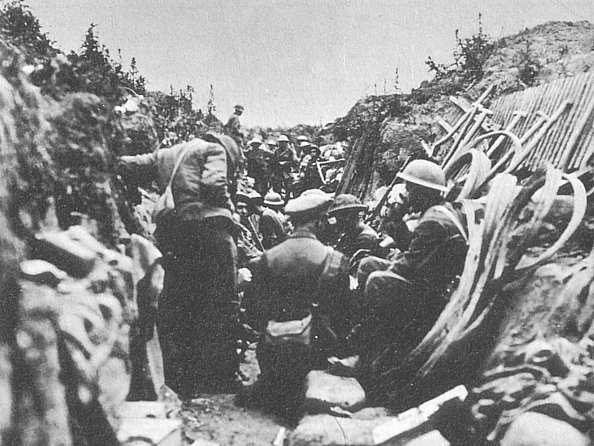
View from inside the trench in the direction of Hawthorn Ridge.

From our interesting visit at this reconstruction, I will guide you on the next web page to some Mine Craters.
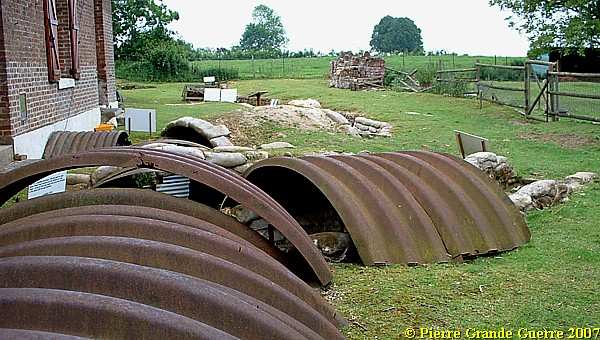
Continue to the next chapter: " Lochnagar Mine Crater - Hawthorn Ridge Mine Crate r"










